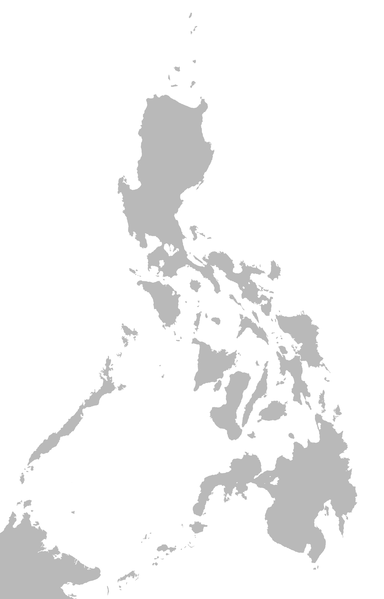An outbreak of chikungunya has been declared in the southern Leyte capital of Maasin City after Department of Health officials reported 548 cases in the past three months.

According to DoH-8 Regional Information Officer Ma. Elena Joy Villarosa, those afflicted range in age from 9 months to 85 years old. Three barangays, or villages in Maasin City have been especially hard hit–Ibarra, Pasay and Maria Clara.
Despite the outbreak declaration, city health officials say the situation is “manageable”.
Nationally through Sep. 24, the Philippines has seen 3,473 chikungunya cases.
Chikungunya is a viral disease transmitted by the bite of infected mosquitoes such as Aedes aegypti and Aedes albopictus. It can cause high fever, join and muscle pain, and headache. The joint pain may last for months or years and may become a cause of chronic pain and disability.
There is no specific treatment for chikungunya infection, nor any vaccine to prevent it. Pending the development of a new vaccine, the only effective means of prevention is to protect individuals against mosquito bites.
In the neighboring Visayan province of Cebu, Cebu Provincial Board declared a dengue outbreak noting an abnormal surge in dengue cases.
According to Regional Epidemiology Surveillance Unit (RESU) of DOH Region 7 data, dengue cases in Cebu increased by 140% year-on-year to 6,808 cases.
The outbreak declaration has drawn some criticism from health officials who say the numbers are “not alarming” as the province enters a phase called “a state of calamity”.
Of this total, at least 50 dengue related fatalities have been reported.
The cities hit hardest by dengue in Cebu include Toledo City, Balamban, Carcar City, Liloan, Talisay City, Consolacion, Danao City, San Fernando, Naga City and Cordova.
Nationally through Sep. 24, health officials put the dengue fever tally in the country 142,247 cases, an 11 percent increase from last year when they recorded 200,000 cases in all of 2015.
Related:
- Philippines: More Zika virus reported in Western Visayas
- Philippines battle against mosquito borne diseases: ‘Let’s go back to basics; prevention is better than cure’
- Medical Laboratory Scientists, Educators speak out against CMS position on nursing degrees


4 thoughts on “Philippines: Chikungunya in S. Leyte, Dengue outbreak declared in Cebu”